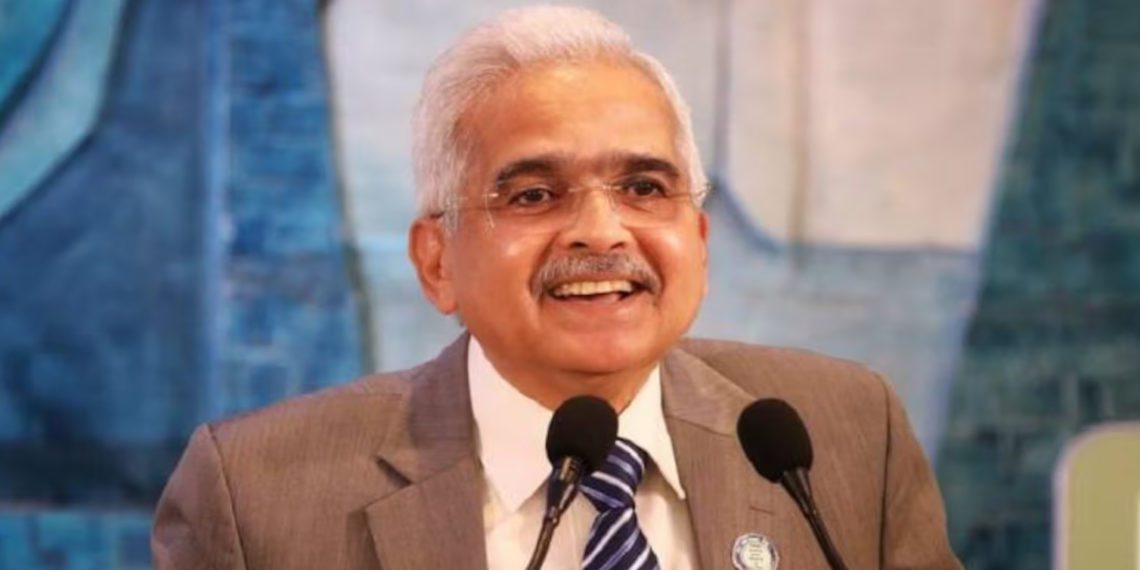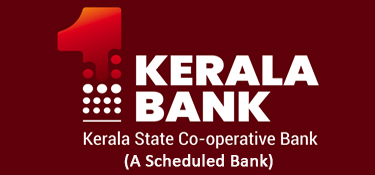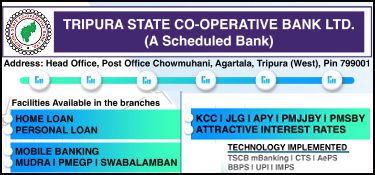The health of UCBs improved further in 2022-23, which was reflected in stronger capital buffers and higher profitability. While there has been a sustained reduction in their GNPA ratio, it remains elevated. This was revealed in the report released by RBI on Wednesday with the title, “Report on Trend and Progress of Banking in India 2022-23”.
“A further strengthening of the quality of governance, based on the three pillars of compliance, risk management, and internal audit, warrants priority. The introduction of the four-tiered regulatory framework is a step forward in this direction. The flexibility allowed to financially sound and well managed UCBs in opening branches will open new vistas of growth”, RBI’s report added.
Besides, the establishment of the National Urban Cooperative Finance and Development Corporation (NUCFDC) as an umbrella organisation is also expected to further support the UCB sector, inter alia, by extending loans, refinance facilities and liquidity support to UCBs, the report reads.
As of 31st March 2023, the total deposits and advances of Urban Cooperative Banks (UCBs) stood at Rs 8.63 lakh crore. The deposits and advances of UCBs (Tier 3 and Tier 4) stood at Rs 3.03 lakh crore and Rs 1.91 lakh crore respectively.
The net profit after taxes of all UCBs (Scheduled UCBs and Non-Scheduled UCBs) rose to Rs 2,896 crore (2021-22) to Rs 3,090 crore (2022-23), registering a growth of 6.7 percent.
The consolidated assets of the cooperative banking sector at end-March 2022 were Rs 21.6 lakh crore, around 10 percent of that of scheduled commercial banks (SCBs). Rural co-operatives comprise more than two-thirds of the sector.
UCBs’ asset quality improved further in 2022-23, partly reflecting lower slippages and stronger loan recovery. The GNPA ratio has declined from a peak in 2020-21, although an uptick was evident during Q1: 2023-24.


During 2022-23, the consolidated CRAR of all UCBs improved on the back of higher profit accretion and capital raised through long-term subordinated bonds.
In terms of the CRAR distribution of Scheduled Urban Cooperative Banks, an improvement was observed in 2022- 23, although 2 SUCBs recorded negative CRARs at end-March 2023.
The number of UCBs declined steadily between March 2004 and March 2023. In March 2004, the numbers of UCBs were 1926 but as of 31st March 2023, it stood at 1,502.
The report added, the UCB sector has undergone 150 mergers since 2004-05, including 3 in 2022-23. Maharashtra and Gujarat accounted for 80 percent of the total mergers.
Besides, licence cancellations have also been high during this period, with the total number of cancellations being 46 since 2015-16. Most of the mergers and cancellations took place in the non-scheduled category. Ten and eight urban cooperative banks licenses were cancelled in 2021-22 and 2022-23 respectively.
At the end-March 2023, an overwhelming majority of UCBs were in the Tier 1 category. Six UCBs residing in Tier 4 contributed more than a fifth of the sector’s deposits. There are 898 urban cooperative banks in Tier-1, 520 in Tier-2, 78 in Tier-3 and 6 in Tier-4.
The revised regulatory framework introduced in July 2022 increased the minimum regulatory capital requirements for Tier 2 to Tier 4 UCBs to 12 per cent, while keeping it at 9 per cent for Tier 1 UCBs. At end-March 2023, while 40 per cent of UCBs belonged to the upper tiers (Tiers 2 to 4), 88 percent maintained CRARs above 12 percent.
During the year 2022-23, the average per instance penalty was the highest for Private Sector Banks. The RBI imposed a penalty of Rs 14 crore on 176 cooperative banks in 2022-23 whereas on 7 Private Sector banks, RBI imposed a penalty worth of Rs 12.2 crore.
As on March 31, 2023 depositors of 2,026 banks (139 commercial banks and 1,887 co-operative banks) were insured under the Deposit Insurance and Credit Guarantee Corporation (DICGC), the report informed.














































